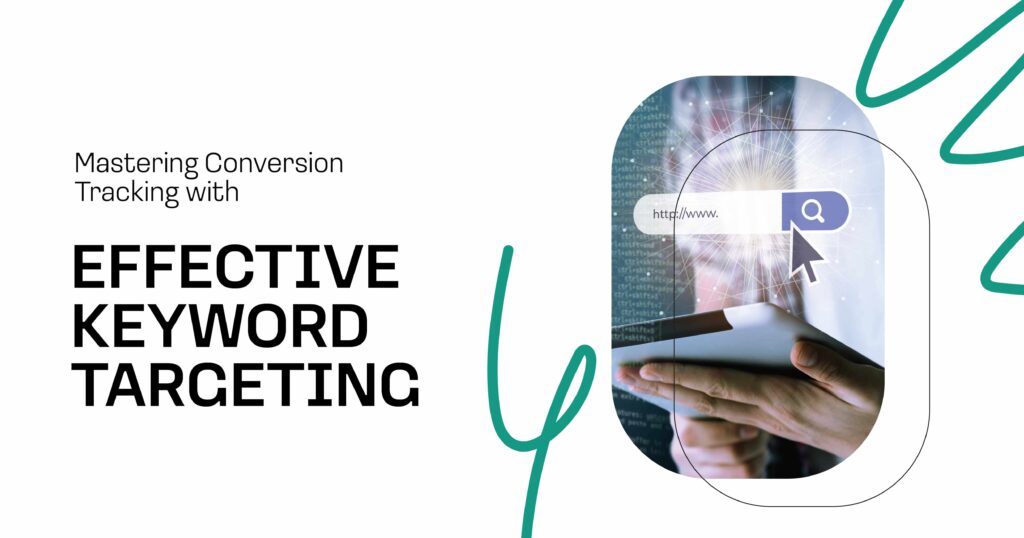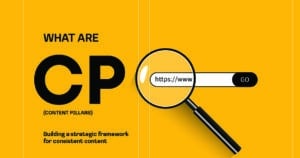In the fast-paced world of digital marketing, success isn’t just about attracting visitors -it’s about understanding what they do once they arrive. Are they signing up for your newsletter? Buying a product? Requesting a quote? These actions -known as conversions -are the heartbeat of your campaigns. And the ability to measure, analyze, and optimize them separates a good marketer from a truly strategic one.
Welcome to the world of conversion tracking, a vital process that reveals how users interact with your website and ads, and more importantly, how those interactions translate into tangible results. When paired with effective keyword targeting, conversion tracking becomes a powerful engine for growth -helping you refine campaigns, allocate budgets wisely, and achieve more substantial ROI.
What Is Conversion Tracking and Why Does It Matter
Conversion tracking is the process of monitoring and measuring the actions users take after engaging with your marketing efforts. Whether it’s a sale, a sign-up, a form submission, or even a phone call, each conversion offers valuable insights into your audience’s behavior and the effectiveness of your campaigns.
Here’s why it’s essential:
- Measuring ROI: It helps you understand which campaigns, keywords, and ads drive real results.
- Optimizing budget: You can reallocate spending to high-performing strategies.
- Improving targeting: You can refine your messaging by identifying the keywords and audiences that convert.
- Enhancing user experience: Data from conversions can reveal friction points in the customer journey.
Introduction to Google Ads Conversion Tracking
One of the most widely used tools for conversion tracking is Google Ads. It allows you to track user actions after they interact with your ads, such as visiting a landing page, clicking a call to action, or completing a purchase.

Here’s how it works in a nutshell:
- Set up conversion actions: Define what counts as a conversion (e.g., purchases, sign-ups, downloads).
- Install the tracking tag: Add a piece of code to your site or app to track user behavior.
- Link Google Analytics (optional): Combine website data with ad performance for deeper insights.
- Analyze and optimize: Use the data to adjust bidding strategies, improve ad copy, or refine targeting.
Competitor Approaches and Industry Methods
Digital marketing competitors are increasingly investing in multi-layered conversion tracking strategies to stay ahead. Most successful brands don’t just track clicks—they monitor micro-actions, use cross-device tracking, and integrate CRM data to build a full picture of the customer journey. In fact, studies show that over 70% of high-performing marketers use advanced attribution models and behavioral analytics to refine their campaigns and improve ROI, proving that precision in tracking is now a competitive necessity rather than an option.
Common Methods Used by Competitors for Accurate Tracking
If you want to stay ahead of the competition, it’s worth understanding how other businesses approach conversion tracking. Most successful marketers use a multi-layered strategy that goes beyond basic metrics.
Some common methods include:
- Event tracking: Monitoring micro-actions like video views, scroll depth, and button clicks to understand user intent.
- Cross-device tracking: Ensuring conversions are tracked even if a user switches from mobile to desktop.
- Attribution modeling: Assigning credit to various touchpoints in the customer journey, not just the final click.
- Offline conversion tracking: Syncing CRM or sales data to capture conversions that occur outside of the digital space.
Tools and Software for Advanced Conversion Tracking
Accurate conversion tracking relies heavily on the right tools. While Google Ads and Analytics are the industry standard, competitors often use additional platforms to refine their data.
| Tool | Primary Use | Why It’s Effective |
| Google Analytics 4 | Website and app tracking | Offers powerful event tracking and audience segmentation. |
| HubSpot | Marketing automation & CRM | Tracks conversions across multiple channels and links them to contacts. |
| Adobe Analytics | Enterprise-level analytics | Provides deep insights into user journeys and predictive modeling. |
| Hotjar / Crazy Egg | Behavior analytics | Visualizes user actions to identify barriers to conversion. |
| Segment | Data pipeline tool | Combines data from multiple platforms for unified insights. |
Optimizing Campaigns Using Conversion Data
Once you’ve set up conversion tracking, the next step is turning those numbers into actionable insights. Conversion data helps you understand not just what’s working, but why it’s working – revealing which keywords, ads, and landing pages are most effective. By analyzing metrics like cost per conversion, conversion rate, and customer journey paths, you can make smarter decisions about budget allocation, refine audience targeting, and continuously improve messaging. The result? Campaigns that don’t just attract clicks but consistently drive meaningful actions and higher ROI.
Conversion Tracking Best Practices for Campaign Success
Collecting conversion data is only half the battle -the real value lies in how you use it. Here are some best practices for turning that data into higher-performing campaigns:
- Set clear goals: Define what a “conversion” means for your business before launching campaigns.
- Track multiple actions: Don’t limit tracking to purchases -include sign-ups, downloads, and smaller steps in the funnel.
- Use segmented data: Break down conversion data by audience, device, and keyword to discover patterns.
- Leverage automation: Use automated bidding strategies that optimize for conversions, not just clicks.
- Test and iterate: Continuously A/B test ad copy, landing pages, and CTAs to see what drives the best results.
Challenges and Solutions in Conversion Tracking
Even with the best setup, conversion tracking isn’t without its challenges. But understanding them upfront can help you navigate them effectively.
| Challenge | Solution |
| Data privacy regulations | Use first-party data and ensure compliance with GDPR, CCPA, and other laws. |
| Cross-device behavior | Implement cross-device tracking and encourage users to log in for continuity. |
| Attribution complexity | Use multi-touch attribution models to understand the customer journey better. |
| Data discrepancies | Regularly audit tags, integrations, and settings to ensure accuracy. |
| Long sales cycles | Set up tracking for micro-conversions to capture progress throughout the funnel. |
Partner With BloomHouse Marketing
Conversion tracking is more than a technical process -it’s a strategic foundation for every successful marketing campaign. From keyword targeting to data analysis, every decision you make should be guided by accurate, meaningful conversion data.
At BloomHouse Marketing, we specialize in building robust conversion tracking systems beyond basic metrics. Our team helps businesses identify their most valuable traffic sources, optimize campaigns for maximum ROI, and uncover hidden growth opportunities.
Whether you’re struggling with setup, want to integrate advanced tools, or need help interpreting complex data, we’re here to guide you every step of the way.
Contact BloomHouse Marketing today to build a more innovative, data-driven strategy that turns clicks into customers.

FAQs
What are the key steps in conversion tracking setup to ensure accurate data collection?
Define your conversion goals, set up tracking tags or pixels, integrate analytics tools, and regularly test your setup to ensure data accuracy.
How can advanced conversion tracking tools enhance the effectiveness of digital marketing campaigns?
They provide deeper insights into user behavior, allowing you to optimize keywords, ad targeting, and landing pages based on actual conversion data.
What are some conversion tracking best practices for optimizing campaign performance?
Track multiple conversion actions, segment data, use automated bidding, and continuously test different strategies to improve results.
How does conversion tracking analysis contribute to more strategic marketing decisions?
It reveals which campaigns and keywords drive the highest ROI, helping you allocate budget effectively and refine your messaging.
What conversion tracking software options are popular among competitors for precise conversion tracking?
Google Analytics 4, HubSpot, Adobe Analytics, Hotjar, and Segment are widely used due to their advanced data collection, integration, and reporting capabilities.









